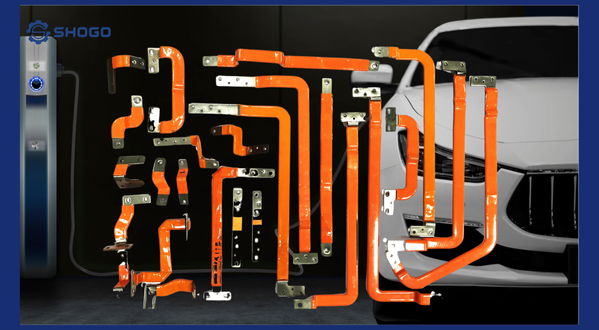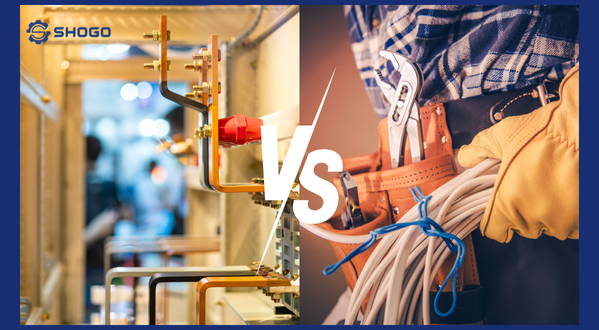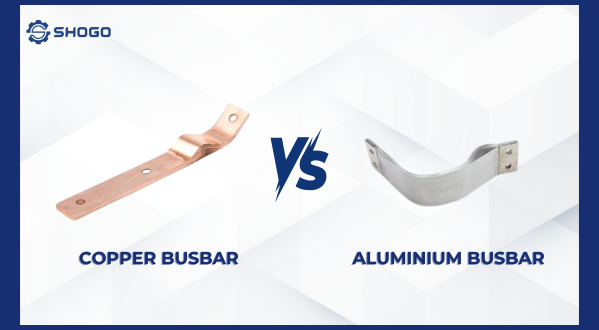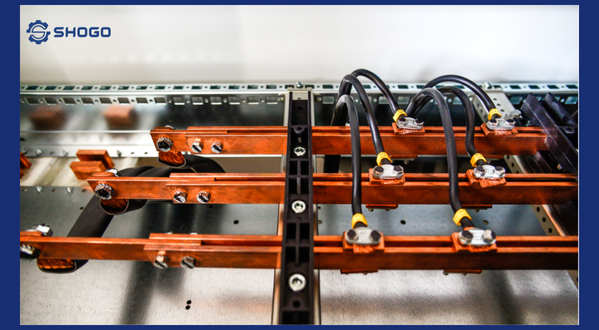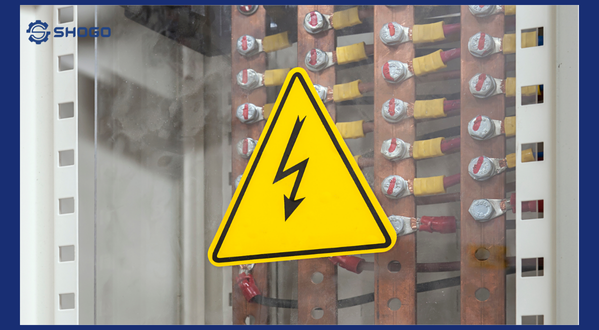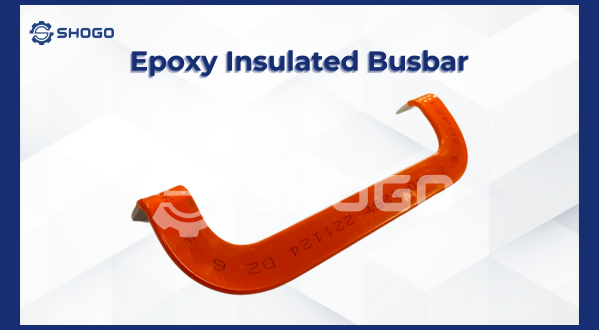
1. What is a Busbar?
A busbar is the main electrical conductor in a power system, facilitating the efficient transmission and distribution of electricity. Given its critical role, selecting a high-quality busbar not only enhances operational performance but also minimizes the risk of failures, ensuring safety in both industrial and residential electrical systems.
2. Why Choose High-Quality Busbars?
Choosing a high-quality busbar offers numerous benefits such as:
- Enhanced power transmission efficiency: Reduces energy loss and optimizes operational performance.
- System safety: Minimizes the risk of electrical failures and equipment damage.
- Extended system lifespan: Reduces the need for maintenance and replacement, saving operational costs.
- Compliance with international standards: Ensures stable and reliable system operation.
3. Key Criteria for Choosing High-Quality Busbars
3.1. Busbar Material
- Copper Busbars: Excellent conductivity, corrosion resistance, and durability. Ideal for high-power applications.
- Aluminum Busbars: Lightweight and cost-effective but with lower conductivity than copper. Suitable for budget-conscious projects.
Note: Copper is often preferred for heavy industrial applications, while aluminum is better suited for residential or auxiliary systems.
3.2. Size and Cross-Section
- Select the appropriate busbar size based on system capacity and current.
- Ensure the cross-section is large enough to provide optimal power transmission.
- Evaluate voltage drop and energy loss to prevent overloads.
3.3. Surface Coating
- Tin Plating: Protects against oxidation and corrosion.
- Silver Plating: Enhances electrical conductivity, ideal for high-performance systems.
- Nickel Plating: Provides superior corrosion resistance in harsh environments, such as chemical plants or coastal areas.
3.4. Load Capacity and Conductivity
- Choose a busbar with sufficient load capacity for the rated current.
- Ensure high conductivity to minimize energy loss.
- Evaluate technical parameters like current density, temperature rise, and dielectric strength.
3.5. Mechanical Strength and Heat Resistance
- Busbars should have high mechanical strength to prevent deformation during installation and operation.
- Excellent heat resistance ensures stable performance over time.
- Consider factors such as thermal expansion, compressive strength, and tensile strength.
3.6. Standards and Certifications
- Prioritize busbars that meet international standards such as IEC 61439, ASTM B187, or UL.
- Verify certifications from reputable independent organizations to ensure product quality.
4. Benefits of Using High-Quality Busbars
- Improved operational performance: Reduced energy loss and higher efficiency.
- Enhanced safety: Lower risk of electrical faults.
- Cost savings on maintenance: Longer system lifespan and reduced repair costs.
- System stability: Continuous and reliable electrical system operation.
5. Tips for Choosing the Right Busbar
- Assess your system’s actual power demands.
- Seek advice from experts or reputable suppliers.
- Compare prices and quality among different brands.
- Thoroughly review technical specifications before making a purchase.
6. Conclusion
Choosing a high-quality busbar is essential for optimizing system performance, ensuring safety, and reducing operational costs. Consider factors such as material, size, coating, load capacity, and certifications when purchasing a busbar. For further information or assistance, consult reliable suppliers for expert guidance.





